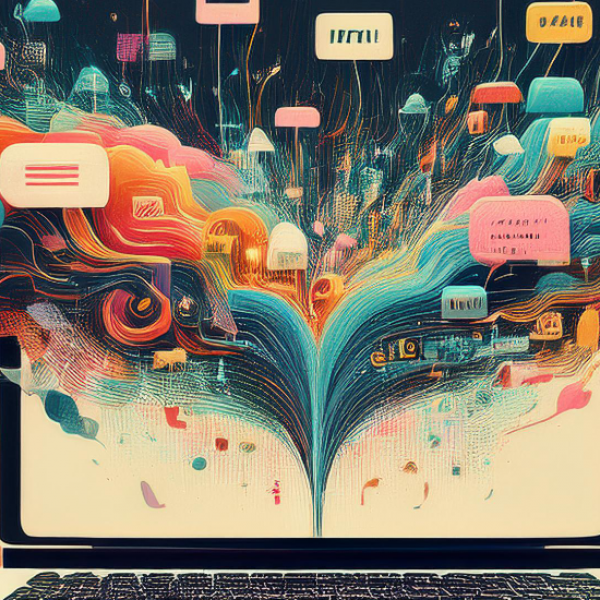Kiegan Baranski graduated with the Washington University Class of 2020.
During times of relative well-being, the educational efforts of public health officials go largely unnoticed and typically blend in to our everyday lives as vaccine requirements and hygiene protocols. But every so often, major global events like the current COVID-19 pandemic make failures in our health education system startlingly apparent. Amidst a daily rush of new information from public health officials urging us to adopt better health-safety practices, we unfortunately see equal amounts of misinformation and confusion. In times like these, we’re left to wonder: If the American public had been given a stronger education in health fundamentals, would we have been better prepared to see through the misinformation and support a more unified response in our defense against COVID?
With the gracious help of Professor Corinna Treitel and WashU’s own medical humanities minor, my independent research on Bruno Gebhard and the birth of the American health museum provides insights about the importance of public health education and its history.
In the 1930s, the American Public Health Association (APHA) noticed a similarly startling lack of health fundamentals in the American public and responded by testing out a new educational model at the 1939 New York World’s Fair: the health museum, which had seen great success in Europe (particularly Germany). Following the success of Germany’s Dresden Health Museum, the APHA hired its lead curator, Dr. Bruno Gebhard, to set up an interactive exhibit called The Hall of Man. Here, visitors could see detailed models of the human body showcased in massive, eye-catching displays with lights, sound and even on-site nurses trained to answer health-related questions. With 11.5 million visitors over the course of the 1939-40 World’s Fair, The Hall of Man exceeded the APHA’s expectations and created a name for the health museum model in American public health education.
Only one year later, Gebhard opened the Cleveland Health Museum (CHM), the shining example of what the American health museum model could be. Funded primarily by community donations until its closure in 2006, the CHM would prove to be a valuable educational institution, which inspired (and even directly aided) the creation of several other similar museums.
So, what exactly made the health museum model so successful, and what did this mean for health education as a whole? Whereas pre-existing medical museums often showcased cabinets of gruesome specimens locked behind “DO NOT TOUCH” signs and large blocks of jargon-filled text, this new health museum model catered directly to the public by using artistic design principles to appeal to general audiences’ sense of wonder. For example, the process of pregnancy and birth were a particularly myth-shrouded mystery for many Americans in the early-mid 1900s, as frequent questions to the CHM’s physician Q&A panel demonstrated. Take this one, for example: “I am pregnant. Should I have my teeth pulled?”
The CHM produced and distributed a now-famous set of 24 sculptures depicting the inner processes of fetal development, called the “Birth Series” (or the “Dickinson-Belskie models”). As you can see below, the models combined the aesthetic appeal of classical fine arts with anatomical accuracy in a plaster-cast medium that encouraged visitors to touch them. This emphasis on interaction had the added benefit of accessibility, as demonstrated by the models’ use by institutions such as a Washington school for the blind in 1945, which reported that the models allowed its blind students an entirely new depth of understanding that standard textbooks and verbal explanations could never provide.

Although the health museum model has since wavered in popularity, it proved the educational effectiveness of appealing directly to the public’s innate curiosity through visual, interactive displays. As Gebhard said himself, the key to teaching the public about their own health isn’t through coercion or threat, but instead “leading people to be at ease physically and mentally.” Instead of belittling and patronizing the uninformed, the most effective health education was found through the exhibits that invited the audience to become captains of their own learning.
Unfortunately, public health education is a largely unexplored topic among historians of medicine. However, looking into the past can give us insights about the importance and lasting impact of health education and its strategies in our modern world.
If you’d like to learn more, you can read Kiegan’s full research paper here.





